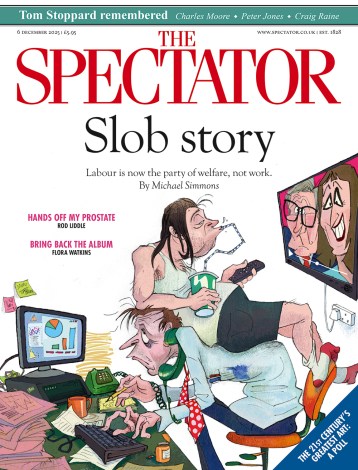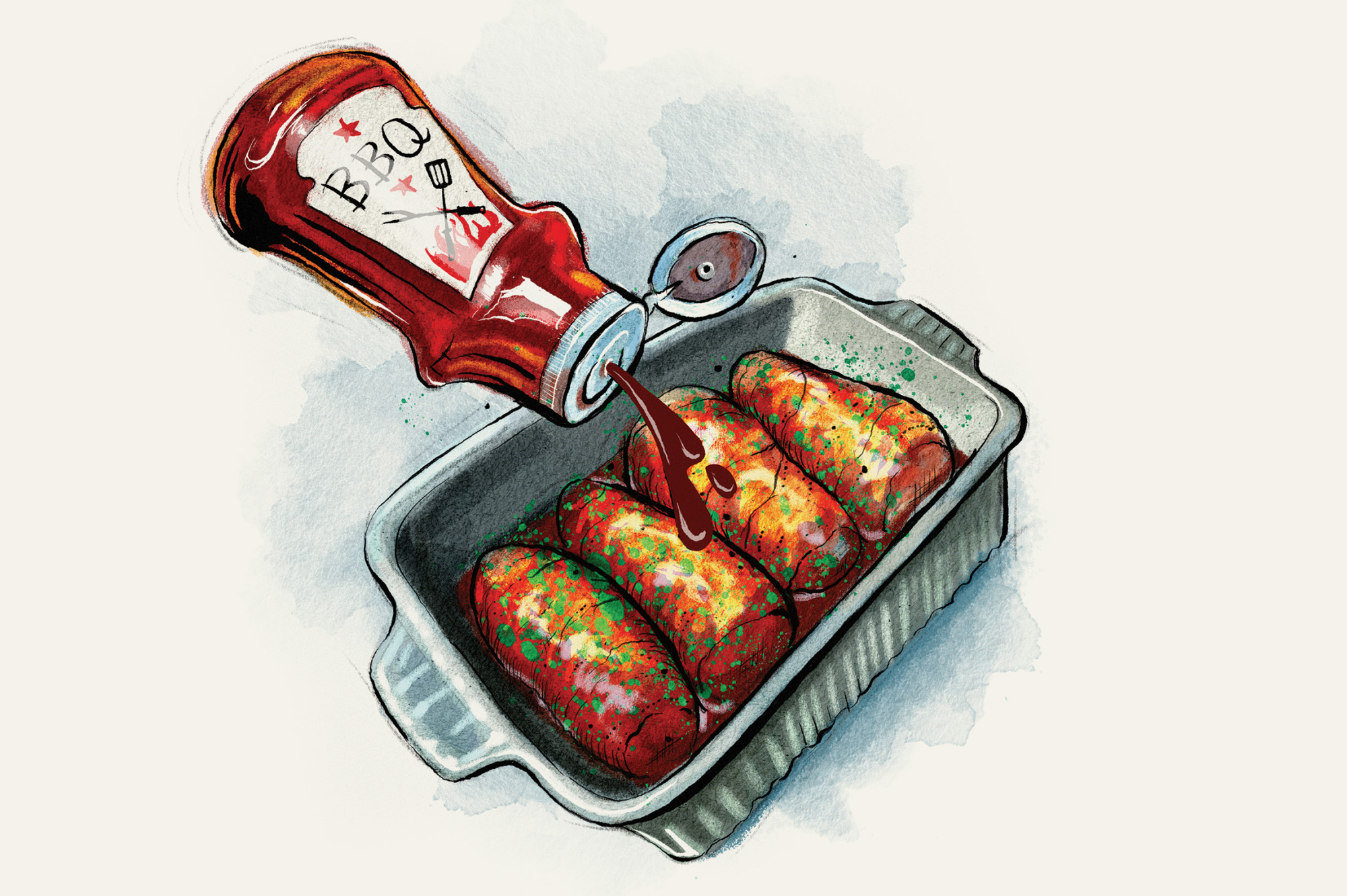
Pub food in Britain has had a mixed reputation over the years. For a long time, the most a pub would have to offer as food would be some pork scratchings or a pickled egg. There certainly wasn’t a brigade of chefs in white coats in a shiny chrome kitchen.
This is midweek-teatime cooking, it’s sling-it-in-an-oven cooking, it’s cheer-me-up-quickly cooking
Pub grub started to appear in the 1970s, but it was simple, filling and predictable. It was the sort of unpretentious, low-priced food that was suitable for a worker’s lunch break. So up and down the country pub menus all hit the same beats: steak and kidney pie, ham with egg and chips, chilli con carne, fish and chips, even lasagne – and hunter’s chicken.
After decades of that sort of fare, pubs started to have more high-falutin’ ambitions and the gastropub arrived. The term was coined in 1991 when describing The Eagle in Clerkenwell, but it was used to refer to places where the food was deemed by someone to be of ‘restaurant quality’. It changed the way we thought about British food and pub food in one fell swoop. Pubs became a destination for food, and increasingly the bill was restaurant-sized, too. In 2001, the Stag Inn in Titley, Herefordshire, was the first pub to win a Michelin star.
By 2011, the gastropub had been declared dead by The Good Food Guide. What had once meant excellent food now became a catch-all term for expensive menus, a more general gentrification of pubs and the death of the local boozer.
Many pubs have kept the gastropub essence, though: a restaurant dining-room attached to a bar, with changing menus, inventive cooking and lengthy wine lists. Some of our finest establishments in Britain are what would once have proudly been called gastropubs.
However, some pubs distanced themselves from the gastropub backlash by reverting to the more old-fashioned style of pub food – and the dishes that headed up every pub menu of this sort really have become true British classics, filling our supermarket shelves and celebrity chefs’ cookbooks.
Hunter’s chicken bears absolutely no relation to the French dish poulet à la chasseur, which translates to ‘hunter’s chicken’ and is chicken braised in wine with mushrooms and little onions. The British version is a chicken breast, wrapped in bacon and baked before being doused in barbecue sauce, covered in cheddar and then grilled until melted. It’s a chaotic dish in many ways, and it’s hard to imagine where the name came from when the ingredients are barbecue sauce and cheddar, but it has somehow become an indelible part of British cuisine.
Because I like to gussy things up, I have suggested you make your own barbecue sauce (though you can also use bottled) – but even that requires little more than measuring out a handful of ingredients and letting them bubble away for five minutes, and the result is tart and treacly. It is, incidentally, easily doubled, so you can enjoy the smug reward of having homemade barbecue sauce in your fridge for the next two weeks.
But even with that from-scratch addition, I’ll admit that this isn’t terribly clever cooking: it’s not going to require you to infuse or brine or reverse sear. This is midweek-teatime cooking, it’s sling-it-in-an-oven cooking, it’s cheer-me-up-quickly cooking. But more importantly, it is supremely satisfying – the smoke of the bacon and sweet barbecue sauce are ready-made bedfellows. And almost anything is made better by a handful of melty, bubbling cheddar on top. This dish is a riot of punchy, unsubtle flavours; it’s delicious. No one could accuse it of being subtle, but then subtlety is overrated.
Technically, you could slice the cooked chicken up into coins like a natty little roulade, and drizzle it with the sauce, but that seems out of step with its heritage. It should be served whole, in all its bacon-wrapped, melty-cheese glory, with chips for swiping up errant sauce, and peas for health.
Serves 4
Takes 15 mins
Cooks 30 mins
For the barbecue sauce
- 150ml tomato ketchup
- 70g dark brown sugar
- 35ml white wine vinegar
- ½ tbsp Worcestershire sauce
- ½ tsp smoked paprika
- 4 chicken breasts
- 12 rashers of smoked streaky bacon
- 100g grated mature cheddar
- Chives, finely chopped, to garnish
- First, make the barbecue sauce. Place all the ingredients in a small pan over a medium heat and stir together. Bring to the boil, reduce the heat to a low simmer, and bubble the barbecue sauce for five to ten minutes, until it has reduced and thickened – when ready, it should coat the back of a spoon, and look dark and glossy.
- Preheat the oven to 200°C/180°C fan. Wrap each chicken breast in two rashers of bacon, winding them so they overlap, and tucking each rasher underneath, to form a complete bacon layer across the chicken.
- Place the wrapped chicken breasts in a snug baking tray, and cook for 25 minutes. Towards the end of the cooking time, heat the grill.
- Spoon the barbecue sauce onto the chicken breasts, then sprinkle with the cheese.
- Grill until the cheese is melted and bubbling; serve immediately, with a sprinkle of chives on top.








Comments